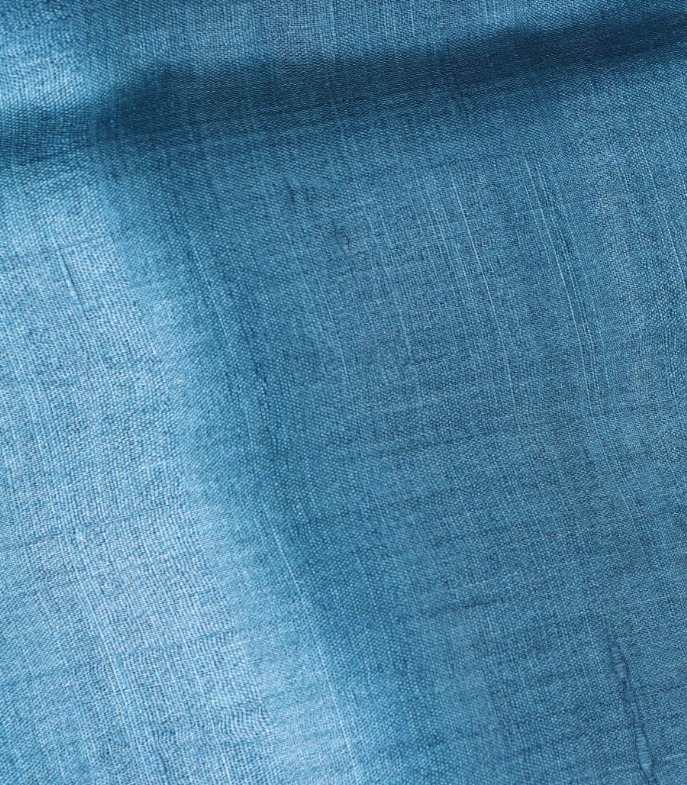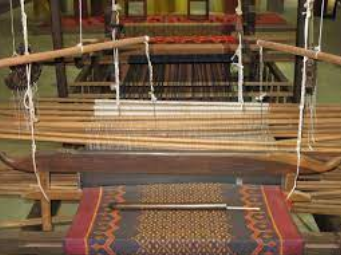
Saris/Unstitched Garments, Textiles, Weaving, Spinning, Khadi, Tribal Crafts
Kosa Silk Weaving of Chhattisgarh
Kosa silk is known for its soft, delicate feel and its natural luster, which gives it a luxurious appearance. It is also very durable, making it a popular choice for garments and household textiles. Today, kosa silk is widely appreciated for its beauty and quality. The silk is produced from the cocoons of a special species of silkworm called Antheraea mylitta, which are reared in the region.
The process of kosa silk weaving is a complex and labor-intensive one, and it is traditionally done by skilled weavers in the Chhattisgarh region. The first step in the process is to harvest the silk cocoons, which are then boiled to remove the silk fibers. The fibers are then wound into skeins and dyed in a range of colors.
Once the silk has been dyed, the weaver begins the process of weaving it into fabric. This is done using a traditional handloom, which is operated using foot pedals. The weaver uses the pedals to control the movement of the shuttle, which carries the weft thread across the loom. The weaver interlaces the weft and warp threads to create the fabric, adjusting the tension and weaving patterns to produce the desired result.
Gallery
YOUR VIEWS
PRACTITIONERS: INDIA
Access 70,000+ practitioners in 2500+ crafts across India.
BIBLIOGRAPHY
10,000+ listings on arts, crafts, design, heritage, culture etc.
GLOSSARY
Rich and often unfamiliar vocabulary of crafts and textiles.
SHOP at India InCH
Needs to be written.





